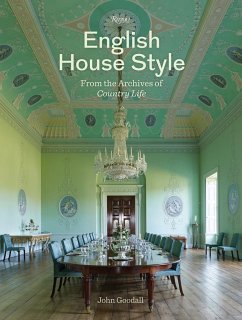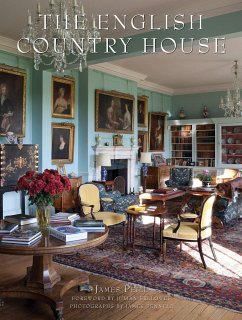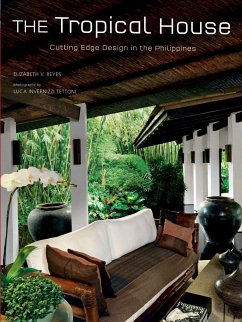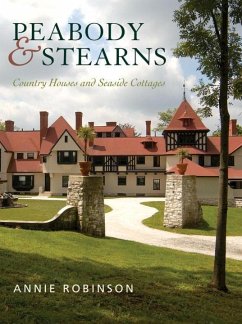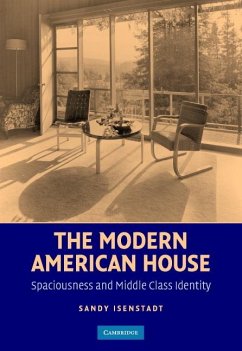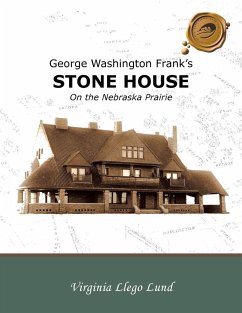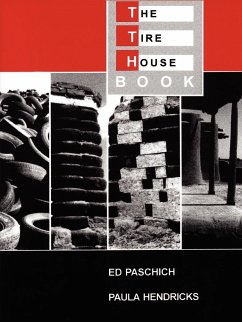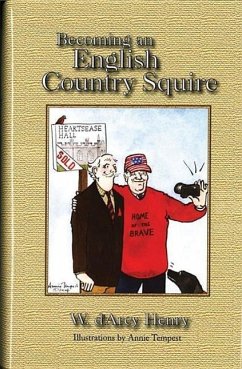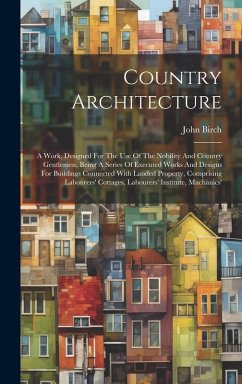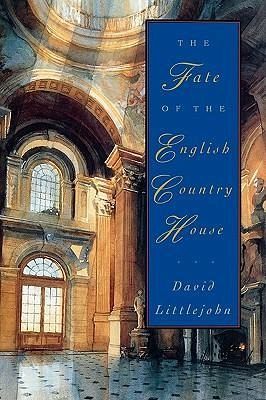
The Fate of the English Country House
Versandkostenfrei!
Versandfertig in 1-2 Wochen
58,99 €
inkl. MwSt.

PAYBACK Punkte
29 °P sammeln!
About 2000 country houses - all of them large and opulent and surrounded by extensive estates - remain more or less intact in England today. Whether in public or private hands, they have become a major magnet for British and foreign visitors each year, and have been called `England's one important contribution to art history'. But they are increasingly in danger of disappearing in an inhospitable economic and political climate. This book describes in detail the present state of these houses, those that continue to serve as family houses, as well as those that have been converted into National ...
About 2000 country houses - all of them large and opulent and surrounded by extensive estates - remain more or less intact in England today. Whether in public or private hands, they have become a major magnet for British and foreign visitors each year, and have been called `England's one important contribution to art history'. But they are increasingly in danger of disappearing in an inhospitable economic and political climate. This book describes in detail the present state of these houses, those that continue to serve as family houses, as well as those that have been converted into National Trust museums, tourist attractions, convention centres, hotels, country clubs, schools, apartments, hospitals, and even prisons. From extensive conversations with many of the owners, managers, and curators of these houses, Professor Littlejohn extrapolates the probable future of England's historic houses, evaluates the many proposals that have been put forward for their survival, and considers the political, economic, and archaic heritage of the aristocratic past.



